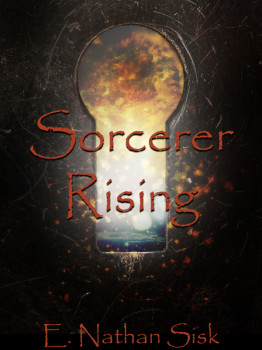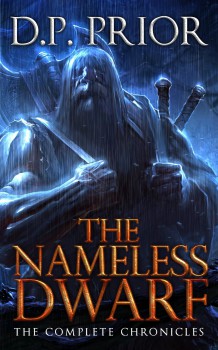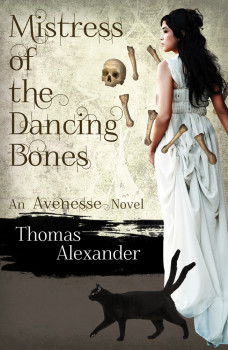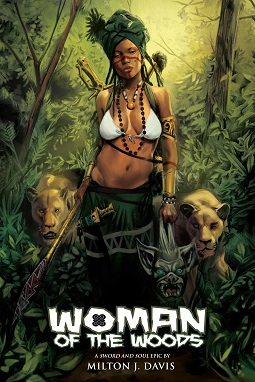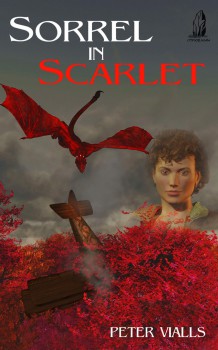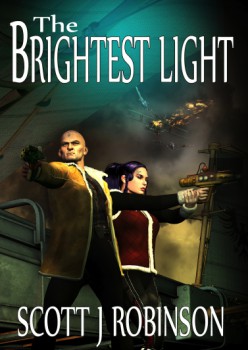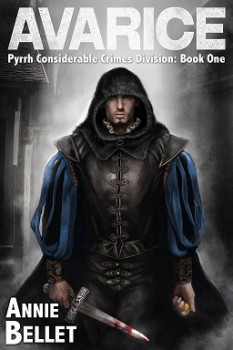Self-published Book Review: The Tragic Empire by Wil Radcliffe
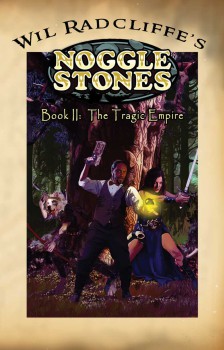 If you have a book you’d like me to review, please see the submission guidelines here.
If you have a book you’d like me to review, please see the submission guidelines here.
Back when I reviewed the first Noggle Stones book, The Goblin’s Apprentice, I knew there was a sequel. Of course I could only review one book at a time and I figured I should start at the beginning. Though I really enjoyed the first volume, I didn’t want to review books in the same series two months in a row, so I couldn’t cover the second book right away. Now that it’s been a year, enough time has passed for me to take on the sequel.
The Tragic Empire takes place a few months after the events of the first book. Martin Manchester is settling in as the king of Willow Prairie, establishing alliances with the nearby realms of dwarves, ogres, and other folk. The goblin Bugbear serves as Manchester’s diplomat while pursuing his own investigations, with a particular interest in discovering what force was behind the Shadow Smith, the villainous mastermind of The Goblin’s Apprentice. To that end, he’s allowed himself to be thrown into an Áes Dána prison, in hopes of finding access to their archives, which contain works dating back to the Coranieid Empire. After a tricky escape and some fancy diplomacy, it seems that Bugbear may get what he wants, until the US Army attacks the Áes Dána.
Which answers one of the lingering questions of the first book. We saw what happened to the town of Willow Prairie when our world of 1899 merged with a world of ogres, goblins, and dwarves, but there was no indication of what happened to the rest of the world until now. Surely someone in Washington noticed all these strange people appearing from nowhere and decided to do something about it. War against the invaders would be an obvious option.
